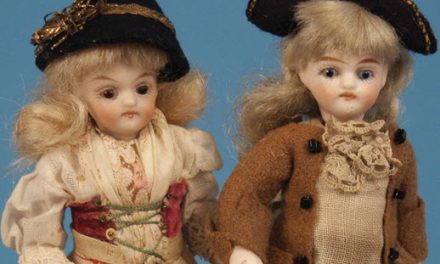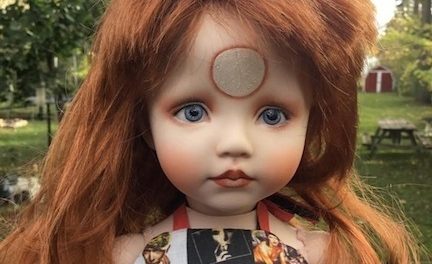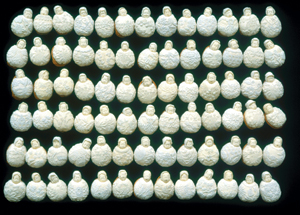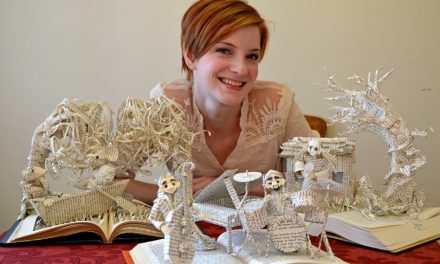
By Jan Foulke
Q: I have just acquired a doll with a sticker on the torso identifying her as Dainty Dorothy. I thought it would be fun to have her, since my name is Dorothy. She has a bisque head and a kid body with composition lower arms and legs. Can you tell me anything about her?
The rest of this article can be seen only by paid members who are logged in.Have a website login already? Log in and start reading now.
Never created a website login before? Find your Customer Number (it’s on your mailing label) and register here.
JOIN HERE
Still have questions? Contact us here.
Jan Foulke (retired) is an authority on antique and vintage dolls, with over 40 years of experience in the field. She’s the author of the full-color reference book “Jan Foulke’s Guide to Dolls.” Subscribe now to read Foulke’s columns in DOLLS online archive.






